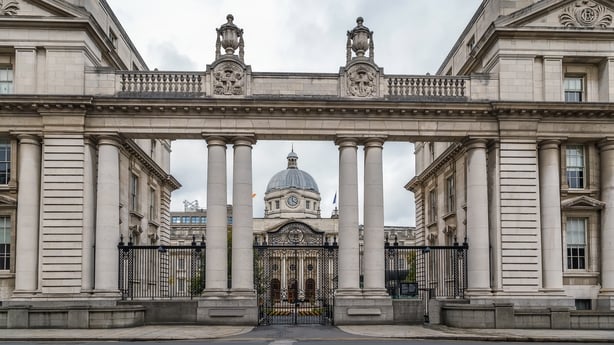Now that agreement has been reached in talks between Fianna Fáil, Fine Gael and the Regional Independent TDs, a new coalition government is set to be formed in the coming days.
The new Programme for Government will now be put to the parliamentary parties for ratification.
Coalition governments have become more frequent in Ireland following elections due to the nature of the proportional representation voting system.
Every Irish government since the 1980s has been a coalition, however, the first coalition government was formed only 26 years after independence in 1948 when Fine Gael, Labour, Clann na Poblachta and others joined together to end 16 years of Fianna Fáil rule.
In recent years, when coalitions are formed, political parties agree on a shared document called a 'Programme for Government’.
But what exactly is it?
A Programme for Government is negotiated based on potential coalition parties' election manifestos, explains DCU Associate Professor in Political Science Eoin O'Malley.
Dr O’Malley says negotiation teams will look at each other's manifestos and "land on places of agreement" before ironing out areas of disagreement.
Agreed policies that make a Programme for Government can be both specific and vague.

It can cover anything from new names for departments, to plans to introduce or cut different tax measures.
Programmes for Government have increased in size, and importance, over time.
In recent years, the documents have been around 20,000 and 30,000 words long.
However, the 1973 document agreed between Fine Gael and Labour was a "12-point plan" that could have fit on an A4 page, Dr O’Malley says. The earliest reference to the term a 'Programme for Government' was in 1982.
The agreed policy document is not legally binding, but politically it is.
The document becomes a "big emphasis" of weekly meetings between party leaders and secretaries of departments, Dr O'Malley explains, in order to ensure it is implemented.
"It becomes an important document of the political process and the civil service," says Dr O’Malley.
The document is the roadmap for which almost all of the decisions are made at Government level, and so civil servants are reluctant to deviate from it.
A Programme for Government also allows coalition parties, when pushing for their policies to be implemented, to say that "it was agreed" between all parties in the document.
This was the case in 1992 when then taoiseach Albert Reynolds was reported to have said while discussing a divisive issue at Cabinet, that if it is in the Programme for Government then "it's a deal" and "if it's not, it's up for discussion".
Read more:
Analysis: Final pieces of government formation jigsaw falling into place







